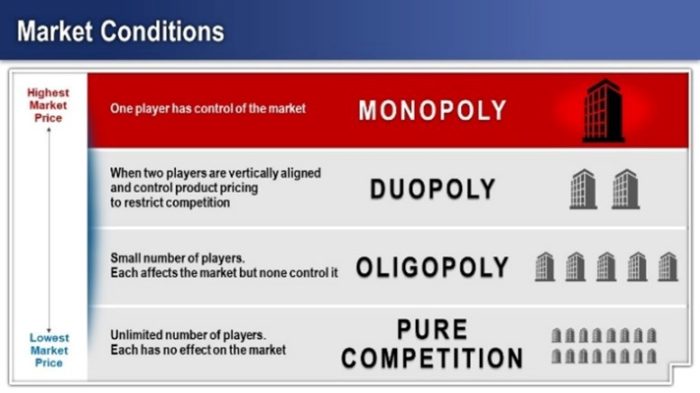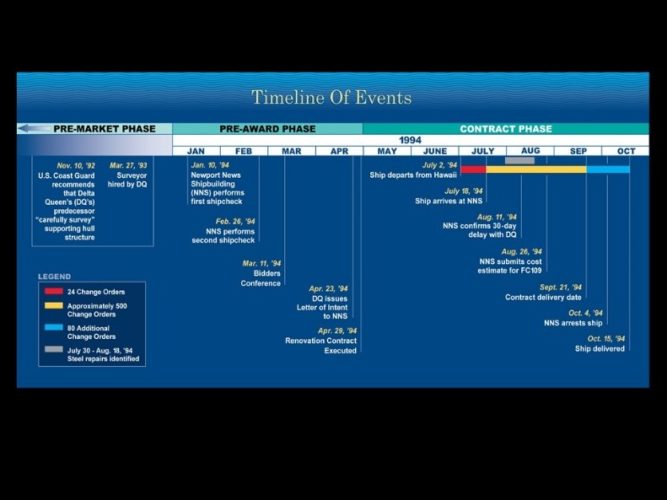Visual Path to Verdict: Building Persuasive Litigation Graphics Part 1 of 3: Legal Graphics for
Pre-Trial Testing and Opening Statements

Insight gained from mock jury, bench and arbitration studies integrated with graphic design expertise is a powerful combination that results in more persuasive legal graphics. Why? Because persuasive graphics must address not just how decisionmakers come to their decisions or process information, but what information they need to see as the case moves from opening statement to verdict.
Let’s start by taking a look at the strategy behind legal graphics for pre-trial testing and opening statements.
Pre-Trial: Testing Legal Graphics During Mock Trial Studies
Prior to litigation, in-person and online mock trials are often held to test the “battle of the stories.” Each side presents argumentative summaries using documents, testimony and demonstratives. Depending on what the trial team is seeking, there are creative variations to what is tested and how it is tested. Given the limited time for presentations, including visuals during each side’s presentation helps to accelerate comprehension of the dispute, the parties involved, timing of events, meaning of the critical data and key documents. Clarifying each side’s argument results in more valuable and useable feedback.
Using visuals to support your presentation at a mock trial study enhances the exercise for both the presenters and the decision makers. Presenters can use them as prompts to help emphasize their key points. Decision makers find graphics helpful to better understand and retain information. In addition, their interest level typically rises when graphics are shown by “bringing to life” many of the case issues and facts.
What Legal Graphics Are Most Effective During a Mock Trial?
Mock trials are intended to help test and refine arguments so that you are telling the most compelling story at trial, as well as determine how jurors are likely to perceive case issues and their assessment of each party’s strengths and vulnerabilities. Visuals that are used to help elicit decision makers’ reactions and opinions should do the following:
- Present key players
- Clarify main arguments
- Define unfamiliar and complex terms
- Provide a chronological framework
- Provide simple tutorials to explain complex concepts
- Present “hot” documents and key testimony (through narrative or video clips)


As an example, when gathering feedback from a surrogate juror during one of our recent mock trial studies, they said:
Question: “Do you recall what in particular caught your attention to allow you to conclude what the gas companies had done?”
Answer: “I was looking at the graphs and it was clearly drawn out where exactly the pipelines were going to each layer. AB Rock is obviously below it. It was even in the contract that AB Rock was below CD Rock and they were not to drill below that baseline. The clause in the contract made it very clear which levels it was not supposed to go through…”
Legal Graphics in Support of Opening Statements: Thematic Storytelling
“If you’re told what to look for, you can’t see anything else.”— Edward Tufte
Opening statements begin the path to verdict. It is the first opportunity to provide jurors with an overview of the case and what the evidence will show. Though it is confined to facts and cannot be argumentative, themes and storytelling are what make opening statements engaging and effective. To organize new and often unfamiliar information, telling a story provides the framework jurors need to make sense of the dispute and reach a verdict in which they feel confident.
Themes are the underlying messages of the story and they help jurors determine the facts and motivations of the parties to decide what really happened. Themes should convince jurors why they should care. They can shape how the evidence should be interpreted and the way in which it makes the most sense.

What Are the Most Effective Legal Graphics for Opening Statements?
Persuasive legal graphics used in opening statements are critical. They should:
- Support the story being told
- Preview important evidence that will later be introduced in trial
- Ensure your client is seen in the best possible light
- Be clear
- Be memorable
Examples of effective demonstratives for opening statement include:
- A simple text chart listing 3 or 4 key themes: Use as a roadmap to walk jurors through each theme and what facts and evidence will be shared in support of each.
- Visual Anchors: Introduce memorable images symbolic of the messages you want to convey.
- Timeline of Events: Tell your story by showing a chronology of key events and how they relate to each other.
- Witnesses: Introduce key witnesses by showing their photos and previewing their testimony.
- Contracts, patents, or other key documents: Enlarge and read the relevant portion(s) around which the dispute developed.



A retired judge said this on the use of graphics during a mock bench trial:
“I’m very big on treating arbitrators or judges as a jury. Do not assume your arbitrator or judge gets it. Say it. Show it”.
Once you have provided jurors with an overview of the case and what they can expect, the next step in the path to verdict is presenting testimony from your fact and expert witnesses. Use of strategic legal graphics to support their testimony helps ensure that the evidence presented is consistent with your story and thematic outline.
…Check back soon for Part 2: Maximizing Witness Testimony with Strategic Legal Graphics.
Get to know the author here.

